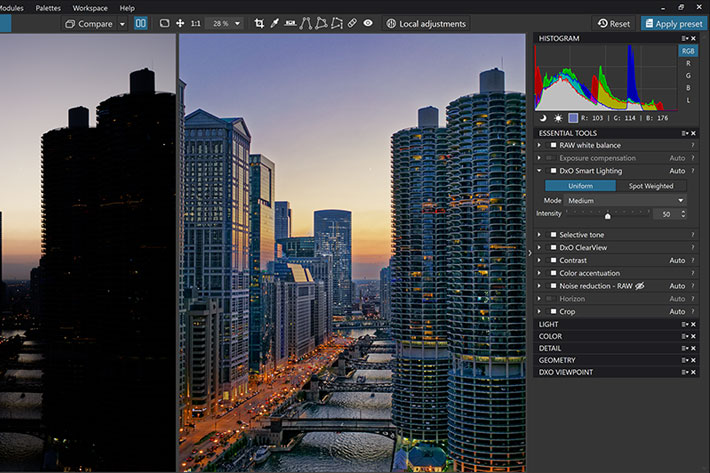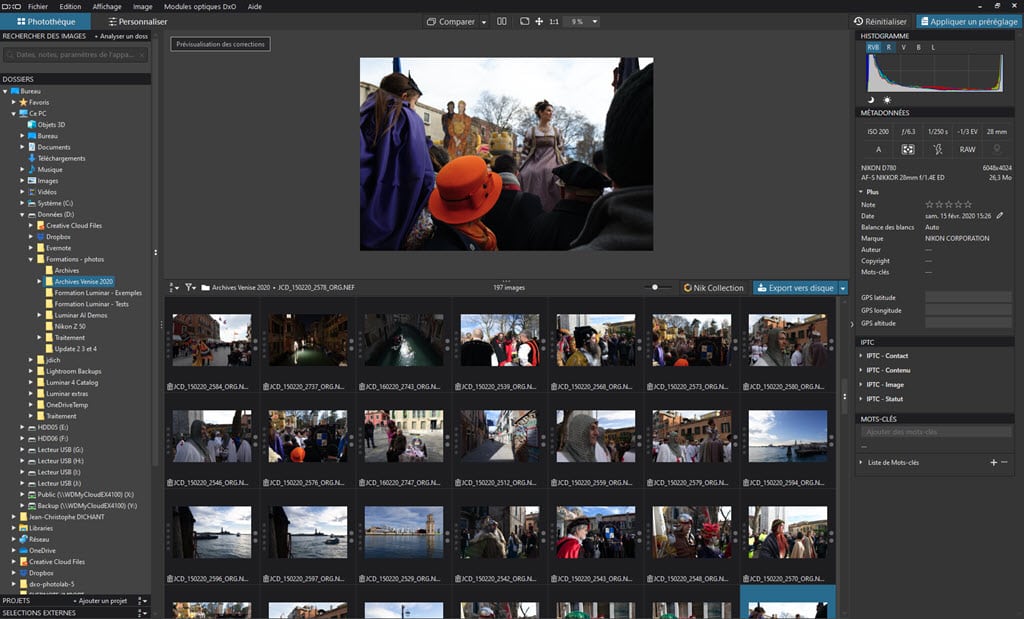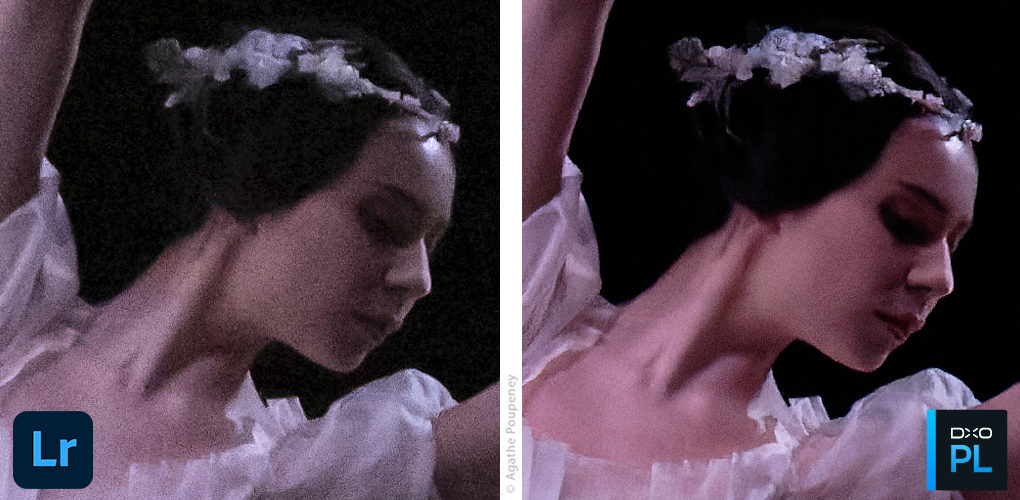

- #DOES DXO PHOTOLAB 2 SUPPORT FUJIFILM PRO#
- #DOES DXO PHOTOLAB 2 SUPPORT FUJIFILM SOFTWARE#
- #DOES DXO PHOTOLAB 2 SUPPORT FUJIFILM TRIAL#
- #DOES DXO PHOTOLAB 2 SUPPORT FUJIFILM ISO#
- #DOES DXO PHOTOLAB 2 SUPPORT FUJIFILM MAC#
There is a big new Black Friday deal at Adobe US (Click here). Lightroom’s conversion can create a wormy appearance, particularly in textured areas. The different color filter array of these sensors has always been incompatible with DxO’s raw demosaicing process in the past, and while X-Trans support is still in its beta phase, it worked fine for us. As a Fujifilm camera owner, I was also happy to hear that PureRAW 2 added support for Fujifilm’s X-Trans Raw files. If you’re tired of the wormy effect or poor sharpening algorithm of Lightroom, but don’t like Capture One, the DxO PhotoLab 5 plugin for Lightroom is a great workaround with great results. New in PhotoLab 5 is support at last for Fujifilm X-Trans raw files. Some FR-readers already shared their enthusiastic feedback about it in the comments, a joy that seems to be shared by Reggie Ballesteros, who, in his latest video, checks the noise reduction performance of DxO for X-Trans files.Īfter trying it out, I’m convinced it is the best raw processor for demosaicing and noise reduction for Fujifilm RAW files.
#DOES DXO PHOTOLAB 2 SUPPORT FUJIFILM ISO#
It was shot on a7RIII ISO 25,600 f1.4 1/200.Īs we already reported here, DxO PhotoLab 5 now supports Fujifilm RAW files!
#DOES DXO PHOTOLAB 2 SUPPORT FUJIFILM PRO#
sybersitizen Forum Pro Posts: 22,570 Re: DxO PhotoLab vs Denoise AI as Raw converter In reply to CAcreeks 1 day ago CAcreeks wrote: In combination with a good editor like Affinity Photo, Denoise AI makes a good Raw converter with superb noise control. The image below looked at least one stop darker to the naked eye. DxO PureRAW 2 now supports RAW files from X-Trans sensors, bringing the significant benefits of DeepPRIME to Fujifilm XT photographers. Reply to thread Reply with quote Complain.

Not everyone needs DeepPRIME, but if you shoot a lot at high ISO and really need to squeeze the best IQ out of every file, it's a no-brainer. $80 for the upgrade, or even $200 for first purchase, is a pittance for the capabilities it offers. To get the same results via hardware upgrades would cost me many thousands of dollars. DxO PhotoLab is designed for macOS and Windows computers and is sold as a one-time purchase, available for use on up to three computers. And, if you need what it does, it's super-cheap, too. And, unlike some other apps, applying DeepPRIME is a one-click batch operation - no tweaking needed. This speedup has been transformative for my high-volume tight-deadline workflow.
#DOES DXO PHOTOLAB 2 SUPPORT FUJIFILM MAC#
And, on my $999 M1 MacBook Air or $1099 Mac mini, PhotoLab 5 Elite does noise reduction processing 6x-8x faster than I experienced just one year ago on my fire-breathing custom-upgraded 8-core $5000 cylinder Mac Pro, outputting 42MP JPEGs in 10 seconds each. This combo is amazingly liberating for low-light work. With DeepPRIME and bright primes on my a7RIII, I'm getting very clean results at ISO 25,600 in truly dark environments, letting me work without flash while still delivering the image quality my clients expect. Have you tried PhotoLab 5 for your X-Trans files? Let us know how you found the results in the comments below.Ģ0-year corporate event shooter here.
#DOES DXO PHOTOLAB 2 SUPPORT FUJIFILM TRIAL#
DxO provides a free trial of PhotoLab 5, and you can purchase the ELITE version for €219 ($250).
#DOES DXO PHOTOLAB 2 SUPPORT FUJIFILM SOFTWARE#
Fujifilm claims that it creates extra detail and does away with the need for an anti-aliasing filter, but the more complex mosaic means that processing the raw files is more challenging and many software manufacturers - Adobe included - have run into issues in the past.ĭxO’s new DeepPRIME technology seems to produce some excellent results, as this video demonstrates, deploying deep learning to process the raw data in order to remove a fair chunk of the noise produced when shooting at high ISO levels. I recently switched most of my workflow to Leica systems (except for the X100V) - too late DxO LOL. Most of Fujifilm’s APS-C cameras use the company’s own X-Trans filter in front of the sensor, replacing the classic Bayer filter found in most cameras and providing a few advantages and disadvantages. I beta-tested DxO Optics Pro and PhotoLab for a long time, but as my workflow switched to Fujifilm-based X-Trans sensors, I stopped participating. If you shoot at high ISO levels, you might want to check out what this software can do when it comes to removing noise and increasing detail. Last month, DxO released PhotoLab 5 and introduced a major new feature: support for Fujifilm X-Trans files.


 0 kommentar(er)
0 kommentar(er)
